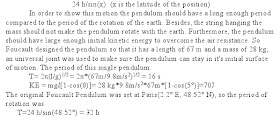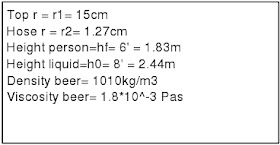By Xinke Liu
Many people may
have wondered if we could make a room cold by leaving a refrigerator door open?
In fact, I tried it when I was a kid. But I never had the patience to see what
happened. After learning the second law of thermodynamics, I thought this
explains why a refrigerator cannot cool a room.
The second law of thermodynamics states:
Heat can flow spontaneously from a hot
object to a cold object; heat will not flow spontaneously from a cold object to
a hot object.
If a
refrigerator cannot cool a room, how does air conditioner work? Does air
conditioner work against the second law of thermodynamics?
The second law
of thermodynamics only offers partial explanation to the problem.
The Clausius statement of the second law of
thermodynamics gives us a better idea, which states:
No process is possible whose sole result is the
transfer of heat from a body of lower temperature to a body of higher
temperature.
Both refrigerator and air conditioner are
essentially ‘heat pumps!’ Work must be done to make heat flow from a body of
lower temperature to a body of higher temperature.
Refrigerator and
air conditioner are composed of evaporator, condenser, and compressor.
Evaporator
transfers heat from hot air to fluid. Condenser transfers heat from fluid to
outside air. Compressor does work on the fluid by compressing it and creating
entropy.
If we leave a
refrigerator door open, the room would warm up because the condenser is also
inside the room. The condenser dumps heat out into the room all the while that
it's running. And because the fridge is not 100% efficient, there will be more
heat generated than there will be cooling.
How much heat
can an air conditioner remove from a building’s air per second?
Let’s assume
coefficient of performance is 2.0 and the air conditioner is rated to do work
at 1000W.
QH= COP * W = 2.0 * 1000W = 2000 J.
An air conditioner with coefficient of performance is 2.0 and the air conditioner is
rated to do work at 1000W can remove heat from a building’s air at a rate of 2000J, or
at a rate of 2000W per second.















